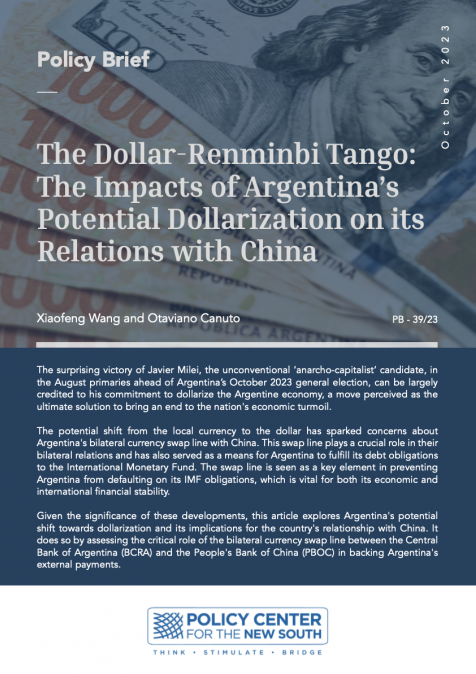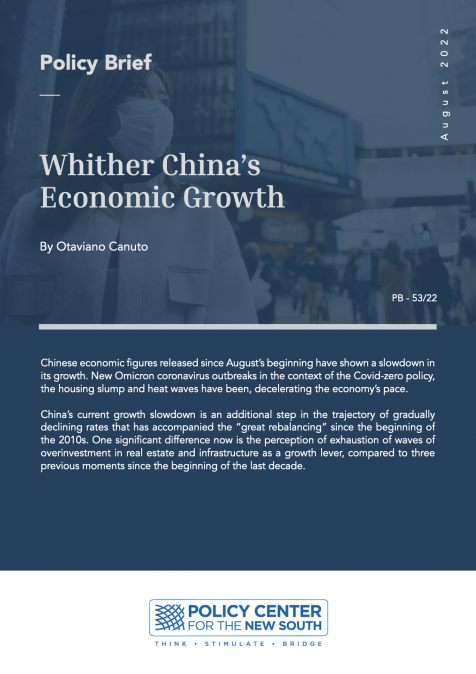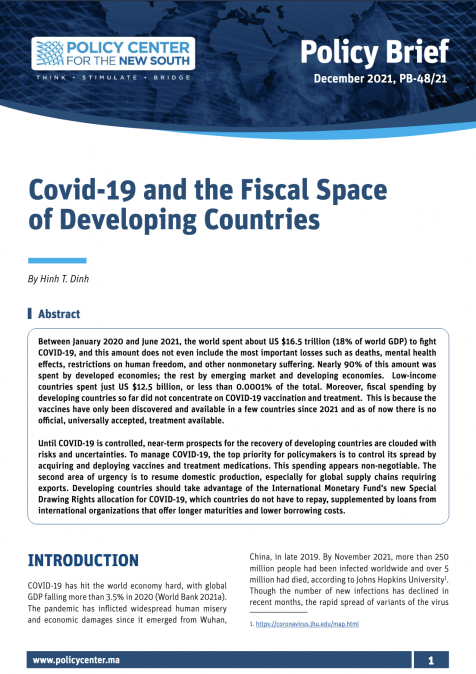Publications /
Research Paper
Research Paper
Fluctuations in Emerging Economies: Regional and Global Factors
March 2, 2016
Discrepancies in output fluctuations between emerging and developed economies are well documented in the literature. Differences however within developing economies have not been sufficiently scrutinised. This paper argues that global and regional shocks primarily drive the business cycle in emerging economies, and provides estimated results for cycle variance decomposition. The paper also offers a theoretical framework to check on the set of stylized facts common and specific to emerging economies. It finds that the proposed model is robust in accounting for region-specific features.










